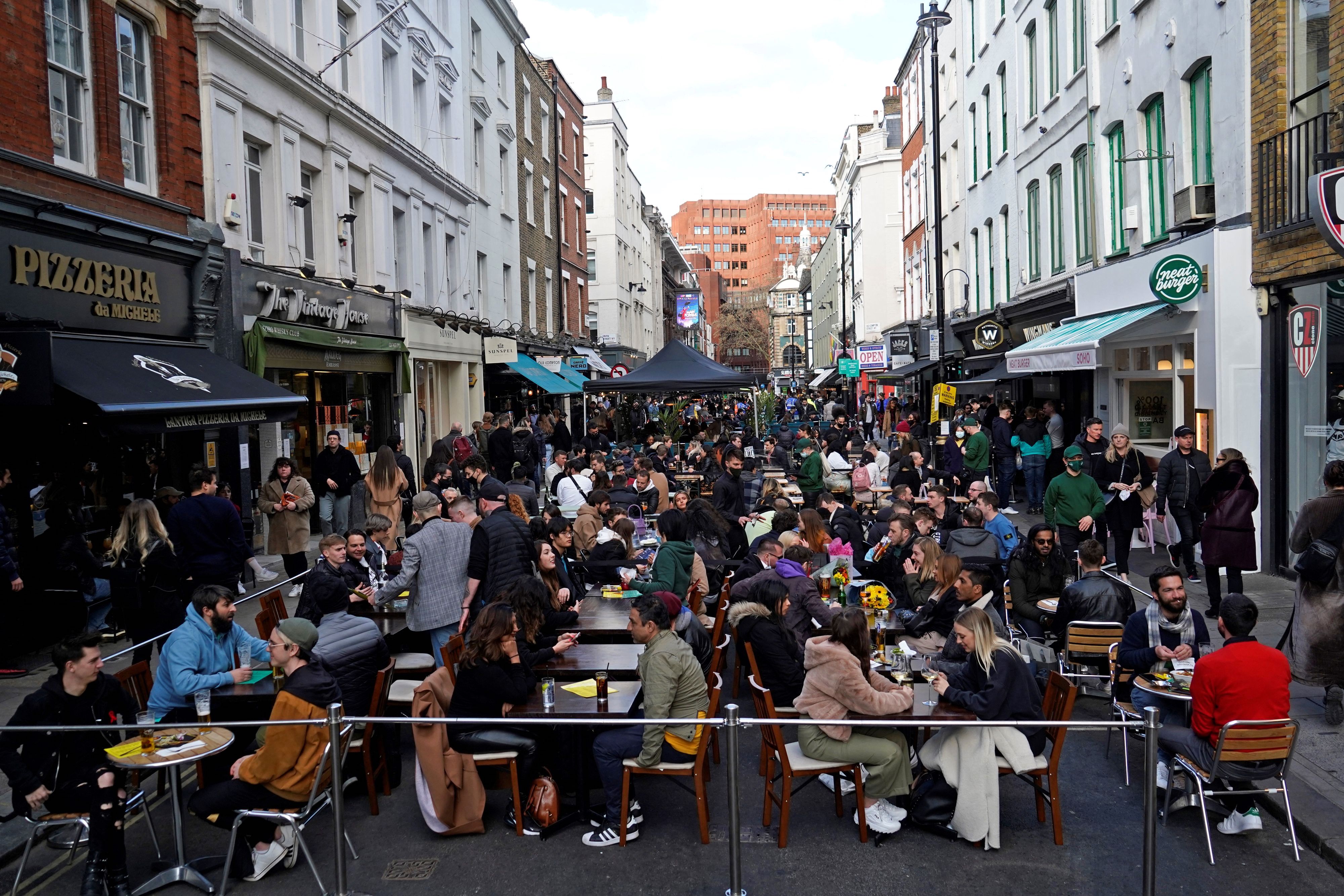New growth figures were released this morning show that the economy contracted 1.5 per cent in Q1 this year and remains 8.7 per cent smaller than it was in Q4 2019 (the last quarter not to be impacted by the pandemic). Alongside this update, the Office for National Statistics also released its latest set of monthly figures, which saw GDP rise by 2.1 per cent in March — the biggest boost since August last year — taking the economy to 5.9 per cent below pre-pandemic levels.
That GDP fell by just 1.5 per cent overall once again illustrates the extent to which businesses have developed a resilience to lockdowns. The first quarter of this year saw much economic activity either wildly distorted or banned outright.
Compare this dip with the first lockdown: in spring last year, Q2 saw the economy contract a staggering 19.5 per cent, the largest fall on record.
While the first lockdown imposed the strictest set of rules, the shutdown of nearly as much activity this winter (including a ban on international travel) without the same level of extreme economic decline would suggest that businesses have made big changes to their operations and adapted.
So when will Britain achieve a full economic recovery? Recently forecasters have been more bullish, with the Bank of England revising its predictions up to 7 per cent growth this year, and EY and Goldman Sachs upping their forecasts the week before.
Capital Economics reports this morning that March’s lift bodes well for their upside scenarios: the only major reopening in March was schools, and even then, they note, the recovery appears still to have been ‘gathering momentum’. This should mean good news to come over the next few months. The official numbers will start to reflect the different businesses that are allowed to reopen as the Prime Minister’s roadmap out of lockdown continues.
But last year’s growth figures can provide other lessons as well: mainly that there will always be a ceiling on how much the economy can recover while restrictions are in place. In August, when Britain was at its freest since the start of the pandemic, growth figures fell flat at 2.2 per cent.
No support scheme is enough to compensate for social distancing rules, reduced capacity, and the host of other restrictions that created barriers to growth. That’s why the government’s outstanding decisions around working from home guidelines, social distancing and ‘Covid-status certificates’ remain so important to the trajectory of recovery — they can make or break just how far the economy is organically able to grow.








Comments